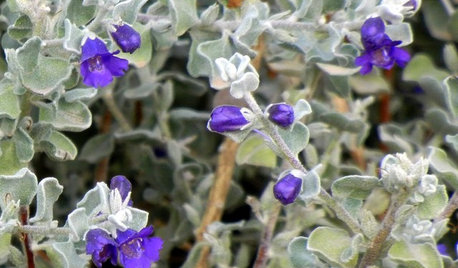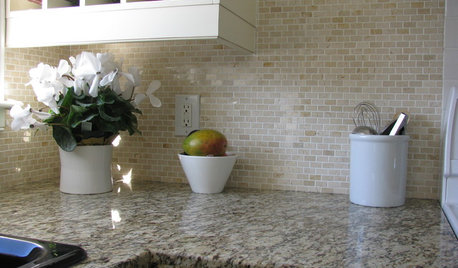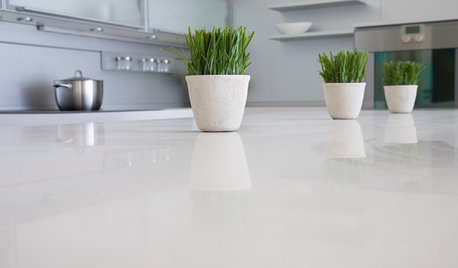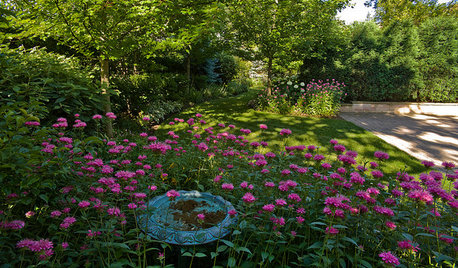Be Careful What you Wish For :-) New Violet
minibot
18 years ago
Related Stories

GARDENING GUIDESGreat Design Plant: Violet Silverleaf Thrives on Scant Water
Purple flowers transform silvery, sun-loving Leucophyllum candidum, while its easy care may change your gardening routine
Full Story
COLORNo Need to Shrink From Violet
With shades from soft to rich and uses from a droplet to a wave, there’s a violet that will work for you
Full Story
HOLIDAYSA Violet, Brown, Bronze and White Holiday
7 Great Reasons to Deck the Halls With Unconventional Colors
Full Story
HOUSEKEEPINGHow to Clean and Care for Your Mattress
See what the experts recommend to protect your mattress from dust, moisture and stains
Full Story
DENS AND LIBRARIESHow to Care for Your Home Library
Increase your enjoyment of books with these ideas for storing, stacking and displaying them
Full Story
GARDENING GUIDESSpring Citrus Care Reaps Months of Sweet Rewards
Learn how to tend citrus trees in spring and ways to preserve their delicious fruit
Full Story
LIGHTINGHouse Hunting? Look Carefully at the Light
Consider windows, skylights and the sun in any potential home, lest you end up facing down the dark
Full Story
KITCHEN DESIGNHow to Care for Your Countertops
Holiday cooking: Follow these 10 tips to keep your kitchen counters clean and looking their best
Full Story
KITCHEN DESIGNKitchen Counters: Stunning, Easy-Care Engineered Quartz
There's a lot to like about this durable blend of quartz and resin for kitchen countertops, and the downsides are minimal
Full Story
LANDSCAPE DESIGNExuberant Self-Seeders for Gorgeous, Easy-Care Gardens
Keep weeds down, color high and maintenance low with beautful plants that sow themselves
Full StorySponsored






etii
minibotOriginal Author
Related Professionals
Leawood Landscape Architects & Landscape Designers · South Orange Landscape Architects & Landscape Designers · Wakefield Landscape Contractors · East Lake-Orient Park Landscape Contractors · Fruit Heights Landscape Contractors · Kettering Landscape Contractors · Little Ferry Landscape Contractors · Maywood Landscape Contractors · Paramount Landscape Contractors · San Antonio Landscape Contractors · Vineyard Landscape Contractors · Wilton Landscape Contractors · Lauderdale Lakes Landscape Contractors · Golden Valley Landscape Contractors · Ansonia Landscape Contractorsrob_peace
minibotOriginal Author
Mike Hardman
minibotOriginal Author
Mike Hardman
minibotOriginal Author
minibotOriginal Author
etii
stefanb8
Mike Hardman
minibotOriginal Author